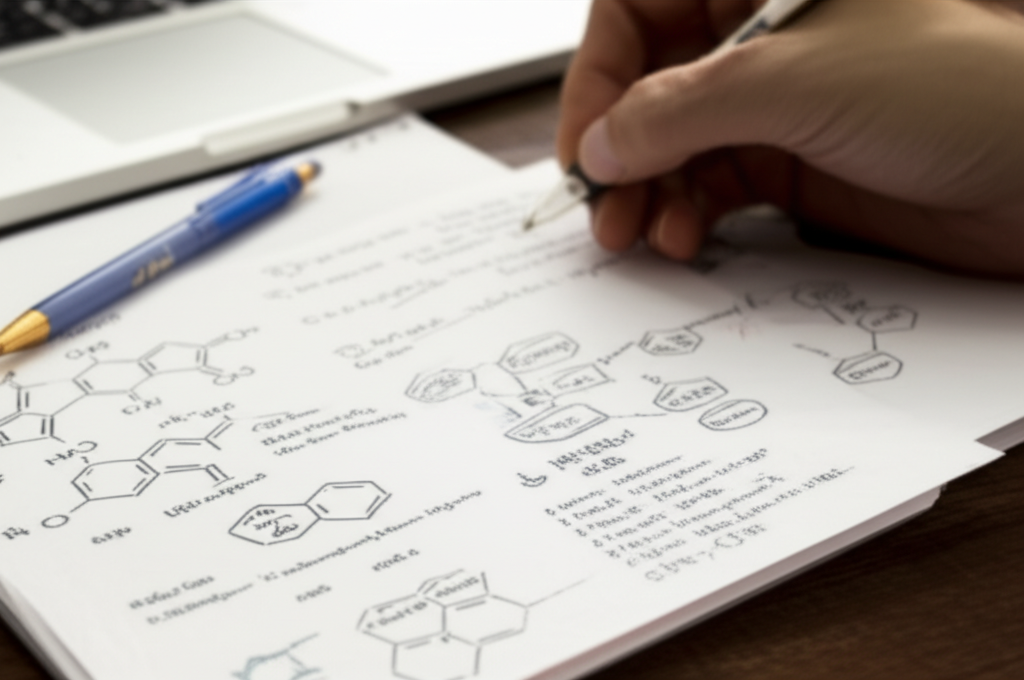Chemical researchers have developed an innovative industrial synthesis method for 2-Alkoxypropene, a vital intermediate compound used across pharmaceutical, vitamin, and polymer manufacturing. This ether-containing alkene serves as a key building block in synthesizing critical compounds including erythromycin antibiotics, vitamins A/E/K₂, fragrances like ionones, as well as specialty solvents for coatings and textiles. Traditional production methods faced significant limitations either requiring dangerous high-pressure operations (70% yield) or energy-intensive thermal cracking at ≥350°C with complex separations.
The new technology, detailed in recently published industrial research, utilizes dialkoxypropane as the starting material in a specialized tower reactor system integrating catalysis and separation. According to the breakthrough methodology, feedstock undergoes controlled decomposition at remarkably moderate temperatures of 120-160°C under low-pressure conditions (2-5 atm), substantially reducing energy requirements. The core advancement employs bifunctional acidic materials—particularly acidic ceramics—as simultaneous catalysts and separation agents that enable continuous processing.
Highlighting its operational advantages, the reactor configuration functions as a reaction-distillation unit where 2-Alkoxypropene vapors are instantly collected at the column top while unconverted reactants reflux downward. This design eliminates conventional post-reaction purification stages, slashing processing time and equipment needs. Researchers emphasize that among tested catalysts—including heteropoly acids, cation resins, and molecular sieves—acidic ceramics delivered unprecedented 95.6% yield for 2-methoxypropene at 120°C, dramatically outperforming older methods.
Eight validation trials demonstrate consistent high efficiency across derivatives. For example, diethoxypropane conversion achieved 94.3% yield at 140°C using ceramic catalysts, while alternatives showed 67-88% efficiency under comparable conditions. Critically, the acidic materials exhibit excellent regenerability through at least eight reaction cycles without performance loss, minimizing waste generation. Researchers note this aligns with circular economy principles by reducing catalyst consumption by approximately 80% versus single-use systems.

The environmental implications are substantial: lowering reaction temperatures from 350°C to ≤160°C reduces power demand by an estimated 25,000 kWh per ton of product. Additionally, operating pressures below 5 atmospheres enhance safety and enable standard industrial equipment usage. Economic analyses project 30% lower capital expenditure through simplified reactor design and diminished separation infrastructure.
Industry stakeholders have welcomed this advancement, particularly vitamin and antibiotic manufacturers facing tightening regulations. Dr. Evelyn Thorne, a pharmaceutical process engineer not involved in the research, commented: “The combination of near-quantitative yields at these mild conditions could reset production economics for essential medicines.” Future work will explore scaling parameters for multi-ton output, with pilot implementations expected within eighteen months.
Manufacturing Facilities






Professional Export Experience
to Global Customers

1. 20 years of R&D, manufacturing and sales experience, serving customers in 60 countries and regions around the world;
2. Own R&D laboratory, pilot platform and large-scale production workshop, which can meet the audit requirements of global customers;
3. We can satisfy customers' perfect transition from small scale lab requirements (gram level) to commercialization requirements (hundred tons level).
A: We don't have Minimum Order Quantity, exact quantity should be provided before quotation for us to calculate the exact cost.
A: We don't provide free samples due to lots of request and expensive international courier's cost, we can deduct the sample charge after commercial order placed.
A: Our payment terms: Small or sample order: T/T IN ADVANCE. Commercial order: First order should be by T/T IN ADVANCE or L/C at sight, and following orders T/T 30~90days is acceptable subject to approval of credit application.